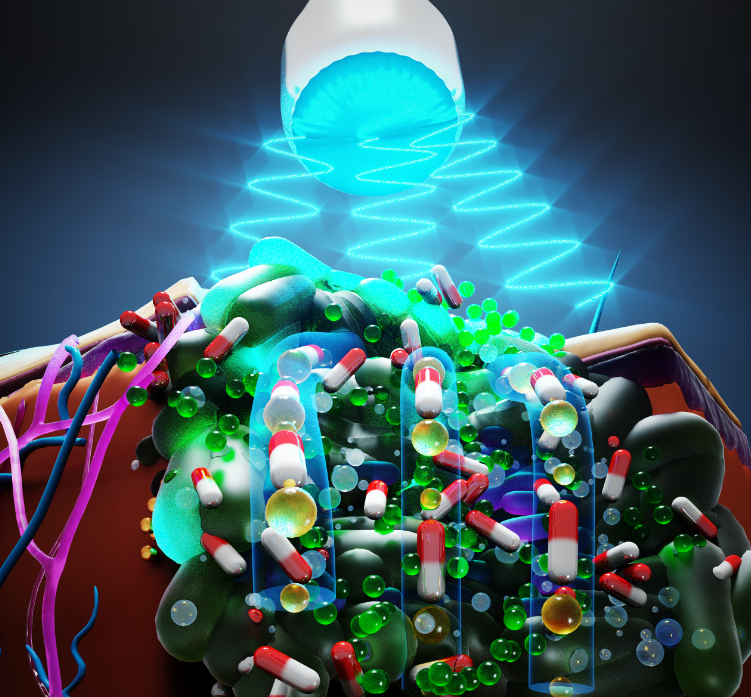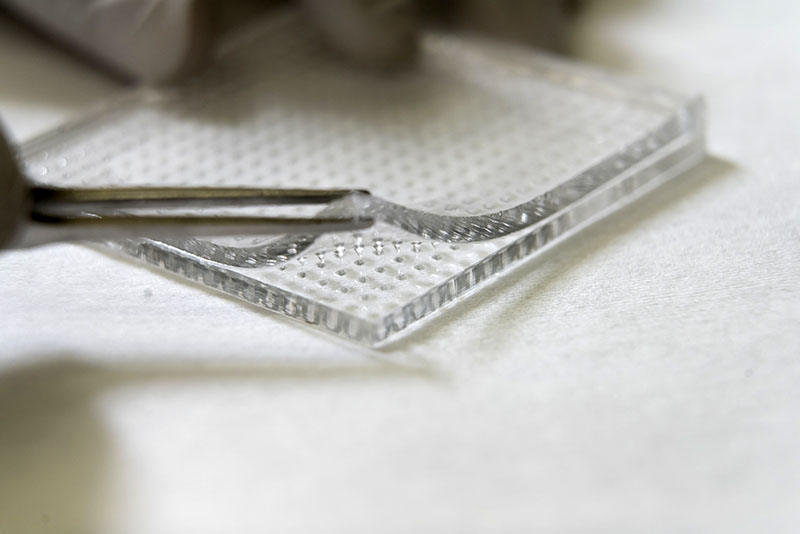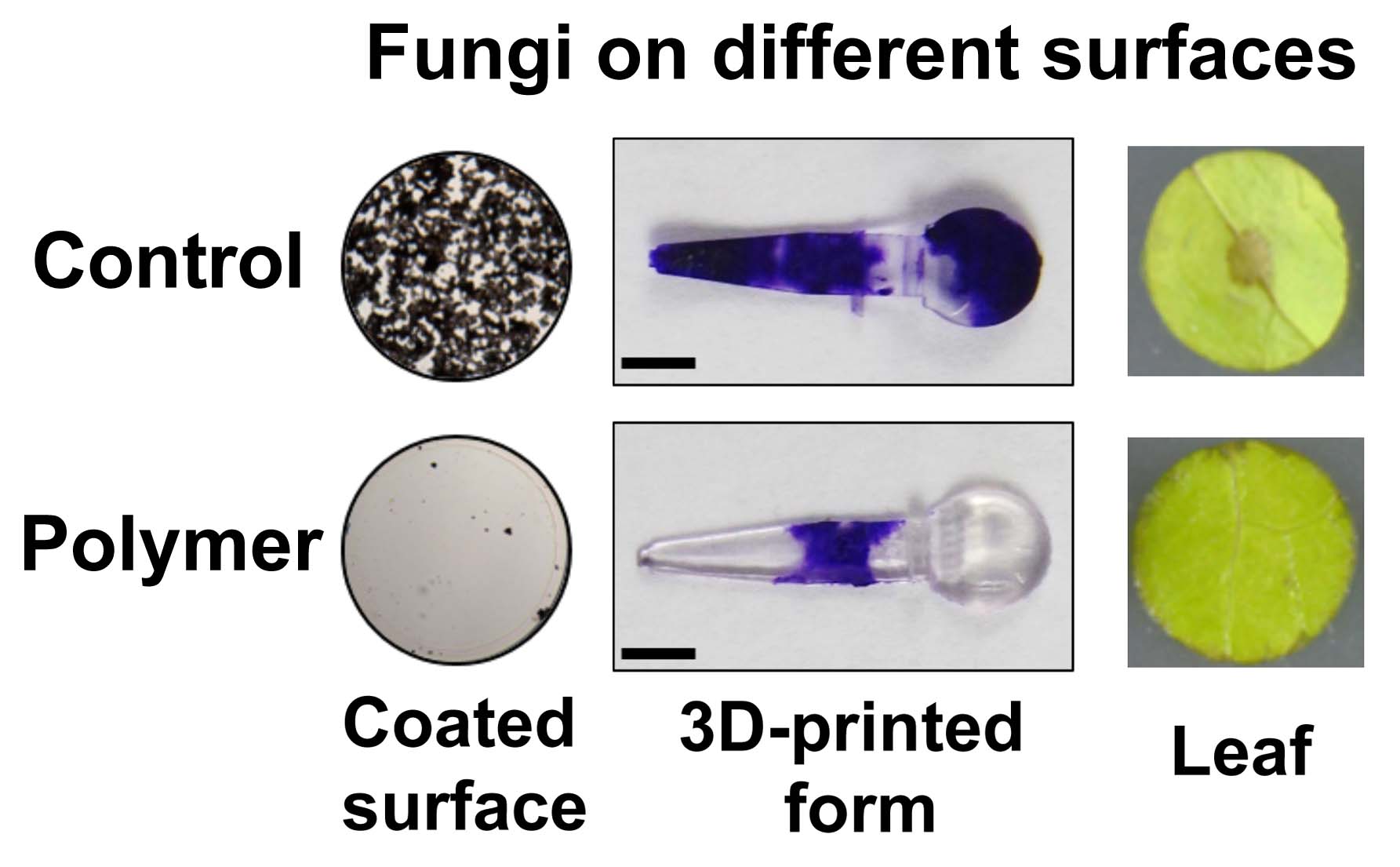
Using a new strategy, researchers were able to reduce the challenging MRSA infection in the wounds of diabetic mice by 94%. They were able to completely sterilize the wounds in several of the mice, and the rest had significantly reduced bacterial burden.
Chronic wounds are open sores or injured tissue that fail to heal properly. These types of wounds are notoriously challenging to treat because of bacterial infections like Staphylococcus aureus, or S. aureus. Additionally, bacterial infections that are highly resistant to antibiotics, such as methicillin-resistant S...
Read More









Recent Comments